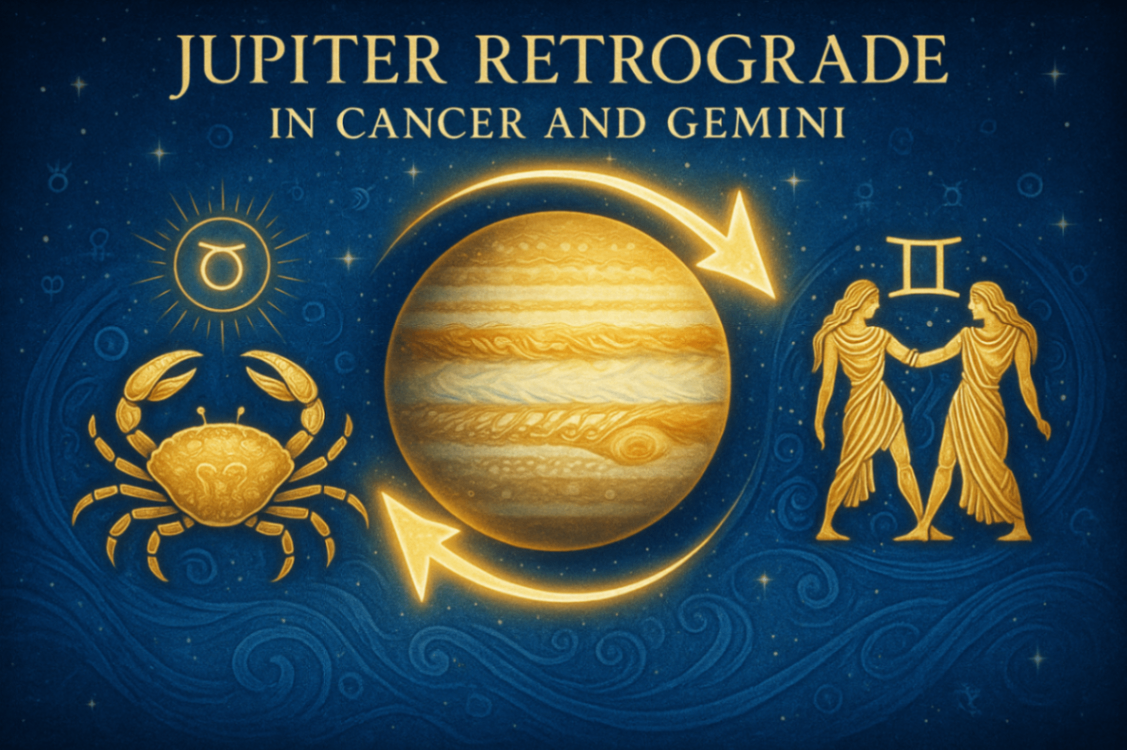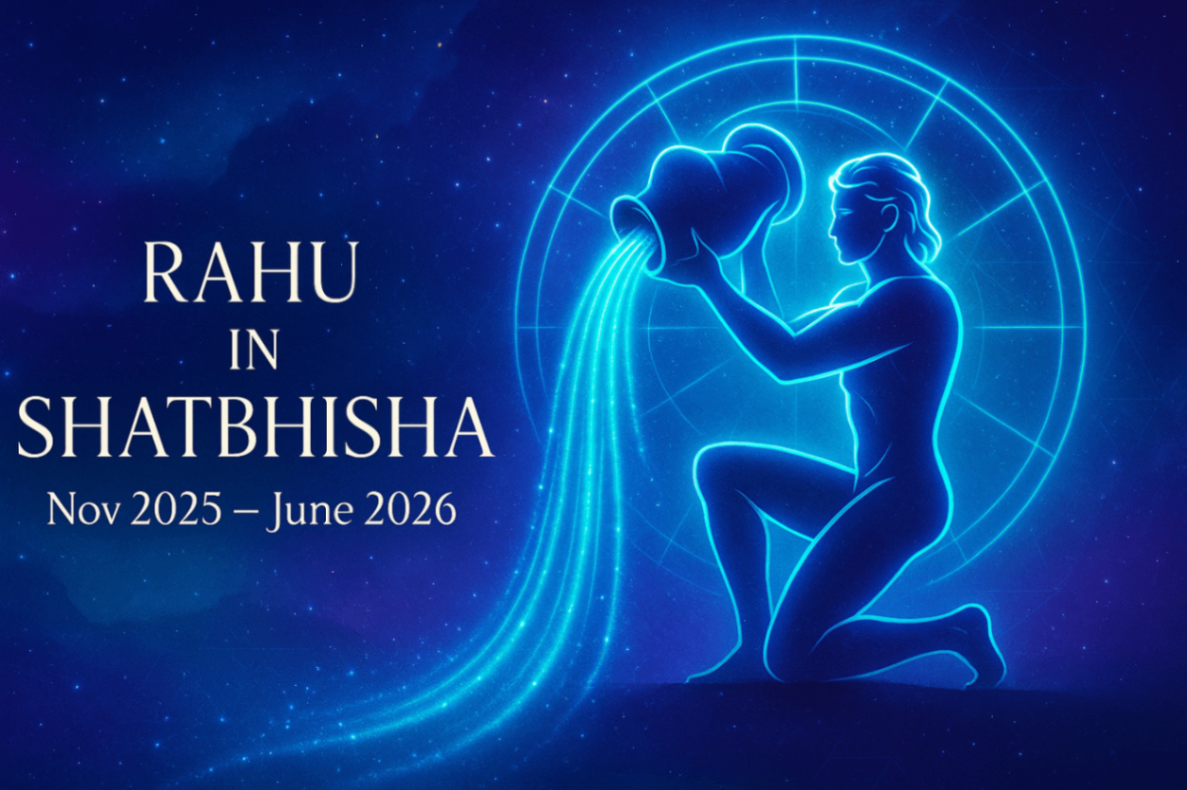Understanding the Impact of Saturns Transit in Vedic Astrology
In Vedic astrology, the movement of planets holds significant importance as it influences various aspects of life. One such major planetary transition is that of Saturn, known as Shani in Sanskrit. Saturn is considered a powerful planet that governs karma, discipline, and responsibility. Its transit is a pivotal event in Vedic astrology.
The Saturn Transit on 29th March: A Major Transition
On 29th March, Saturn will move from Aquarius (Kumbha) to Pisces (Meena). This shift marks the end of a significant phase for some zodiac signs and the beginning of new challenges for others. Saturns movement is a slow process, taking approximately two and a half years to transit from one zodiac sign to another. This transition is noteworthy because Saturn will now be positioned in Pisces after 30 years.
The End of Sade Sati and Dhaiya
Capricorn (Makar) Ending Sade Sati: For individuals with Capricorn as their moon sign, the challenging period known as Sade Sati will come to an end. Sade Sati is a seven-and-a-half-year phase that is often seen as testing and transformative.
Cancer (Karka) and Scorpio (Vrishchika) Completing Dhaiya: Those with moon signs in Cancer and Scorpio will see the end of Dhaiya, a period of two and a half years that is considered less severe than Sade Sati but still significant.
The Beginning of New Cycles
Aries (Mesh) Starting Sade Sati: As Saturn moves into Pisces, Aries will enter the first phase of Sade Sati. This period is often associated with challenges and personal growth through hardships.
Leo (Simha) and Sagittarius (Dhanu) Entering Dhaiya: For Leo and Sagittarius moon signs, the Dhaiya period begins, bringing a time of introspection and gradual changes.
The Significance of Saturn in Vedic Astrology
Saturn is often associated with justice, discipline, and hard work. It teaches valuable life lessons through trials and perseverance. In Vedic astrology, Saturns position in the natal chart is crucial as it influences an individuals career, longevity, and moral standing. Saturn rewards those who show patience and diligence while challenging those who avoid responsibilities.
Rashi vs. Sun Sign: Understanding the Difference
Its important to differentiate between a Rashi and a Sun Sign in Vedic astrology. A Rashi is determined by the position of the moon at the time of birth, forming the basis of the moon sign. In contrast, the Sun Sign is based on the position of the sun. They serve different purposes and should not be confused with each other.
Classic Vedic Texts on Saturn and Its Influence
Classic Vedic texts emphasize Saturns role as a strict teacher. It is described as a planet that brings about transformation through endurance and life lessons. According to these texts, Saturns influence can lead to spiritual growth and liberation if one remains steadfast and committed to self-improvement.
Preparing for Saturns Transit: Tips and Insights
As Saturn moves into Pisces, it is essential for individuals to prepare for the changes it may bring. Here are some helpful tips:
Practice patience and resilience during challenging times.
Focus on self-discipline and responsibility in daily life.
Engage in spiritual practices to find inner peace and balance.
Seek guidance from experienced astrologers for personalized insights.
Conclusion: Embracing Change and Growth
Saturns transit is a time of transformation and growth. While it may bring challenges, it also offers opportunities for personal development and spiritual enlightenment. By understanding and embracing the lessons Saturn provides, individuals can navigate this period with grace and emerge stronger.






































